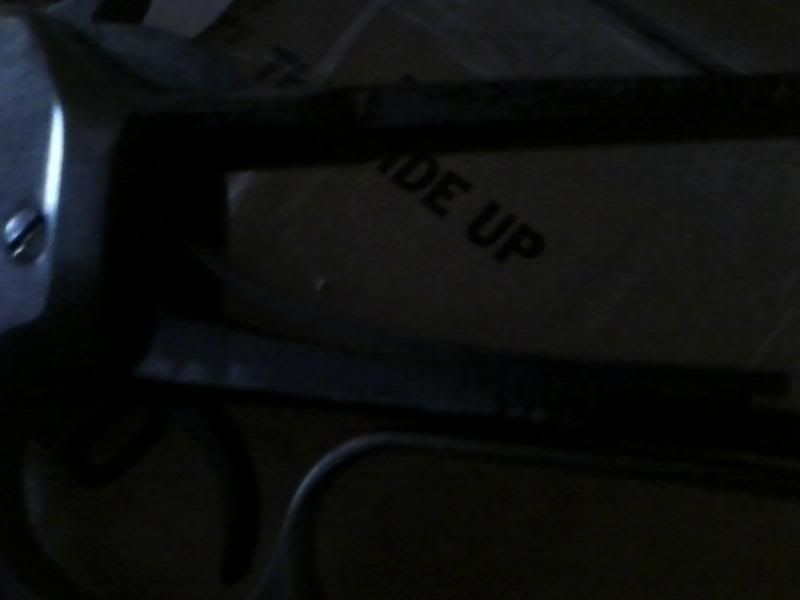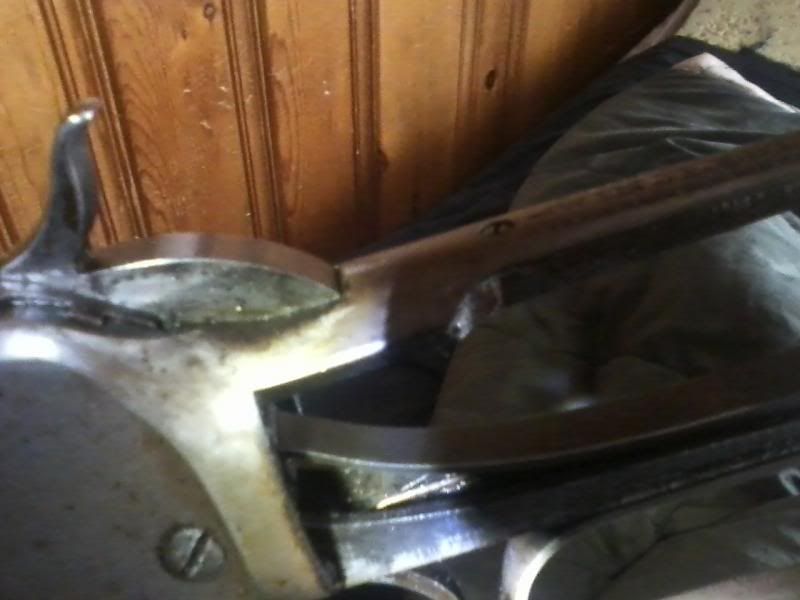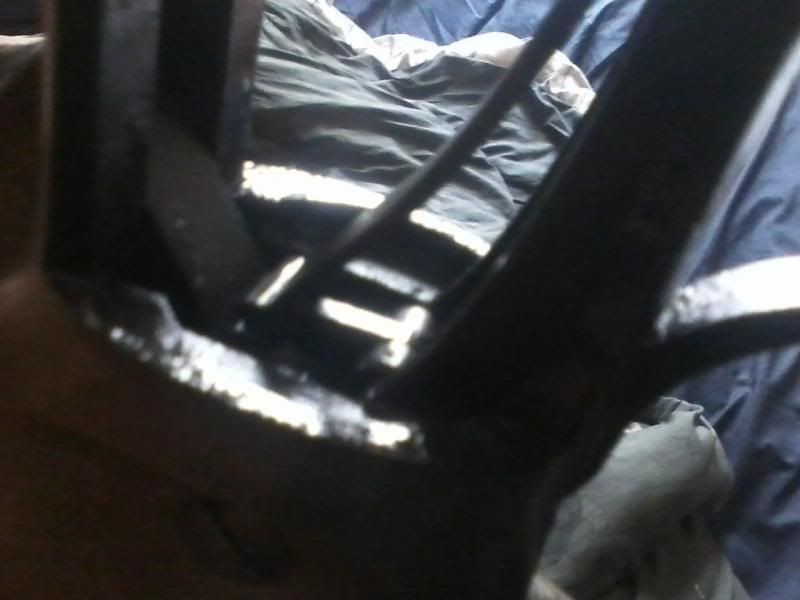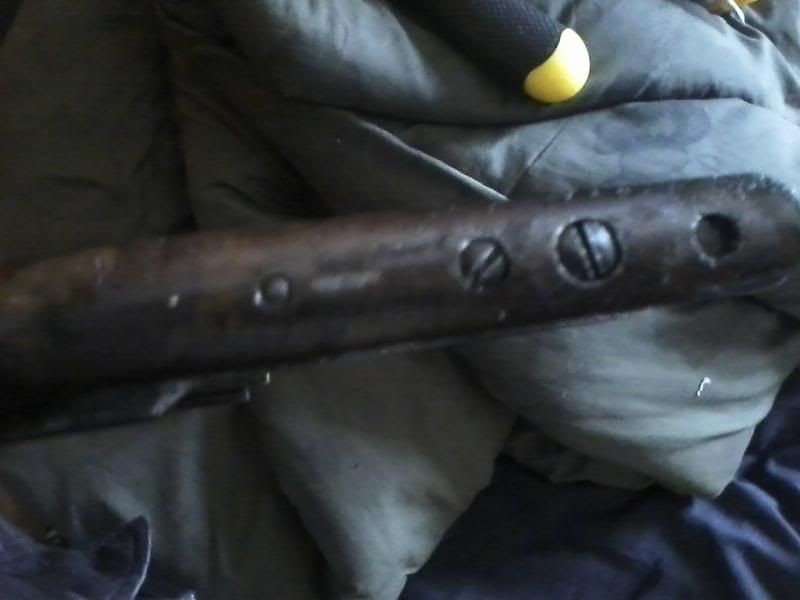OK so I took the stock off today to see if I could spot the problem, and this is what I saw:



The bottom of the bottom tang:

I thought the hammer spring was supposed to be a coil? Also my trigger spring is the wire type instead of the flat type, is that normal?, or was it replaced at some point?
The action works fine when the butt stock is removed, but if I put it back on, even part way it starts short stroking again, why?
I gave it some CLP, and it's working better now, I can actually cycle the action enough to get the hammer to stay back without hurting my fingers, more of a fast cycle is required now as opposed to the fast, and hard of before, but the hammer still follows the slide when the action is cycled slowly, what's wrong with it, does it just need even more oil?
Also, what is the normal trigger pull weight? I don't have a gauge, but the trigger feels wonderful, no slack at all, and it seems to break smooth, and consistent, but only at about I'm guessing 1-2 pounds.
 Win a FREE Membership!
Win a FREE Membership!